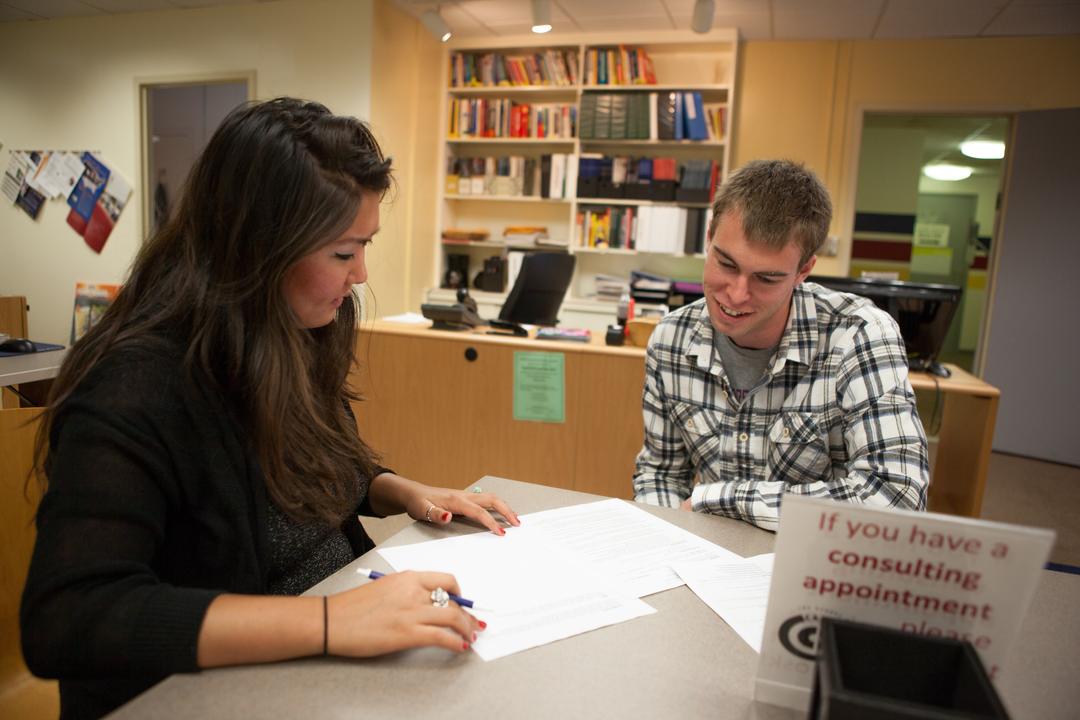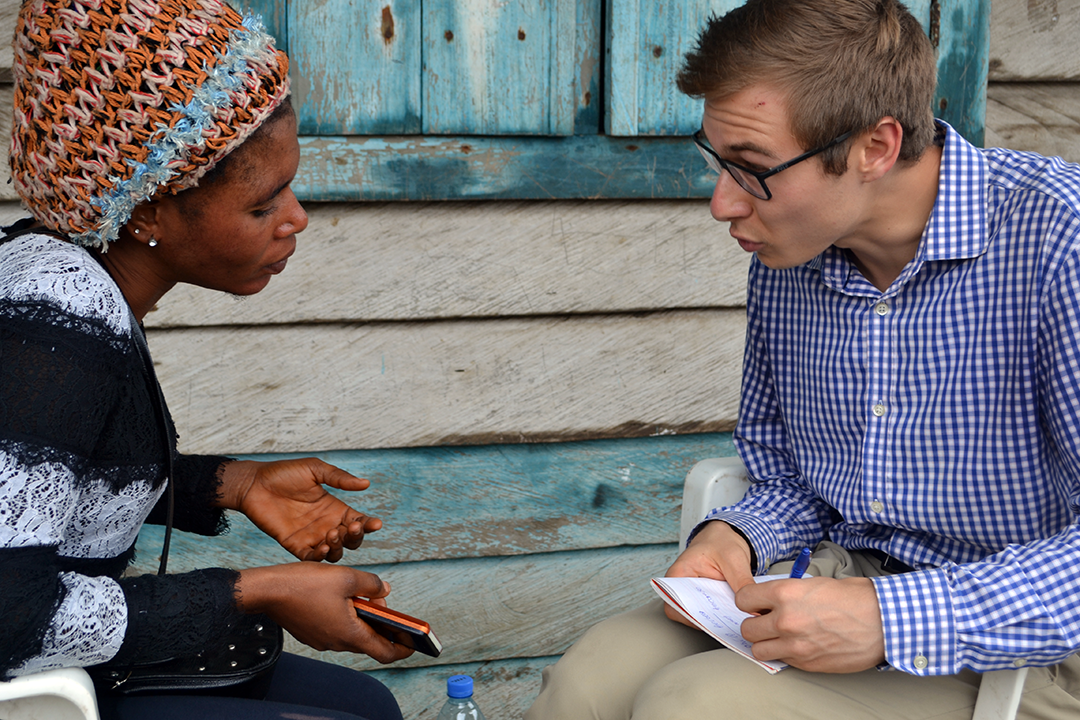By Briahnna Brown
With endless career opportunities in Washington, D.C., George Washington University students may not know where to begin to take advantage of them.
Rachel Brown, associate vice provost for university career services, provided some advice for students on how to approach the job search and present their best selves. With the upcoming Nonprofit and Government Career Fair on Nov. 15, it’s a great time for GW students to familiarize themselves with the job-hunting process.
The best time to start applying for jobs and internships will vary by industry, Ms. Brown said. Business, consulting and STEM employers recruit in the fall semester, but the majority of other roles post positions in the spring semester, especially in April and May. To go the extra mile and stand out in the applicant pool, she said, students should take advantage of the resources in this guide well in advance.
“On top of these resources, remember that the entire GW community is committed to your success,” Ms. Brown said. “From faculty and staff across the university to alumni across the world, we are here to help you succeed.”
Before starting the job hunt, determine whether you know what field or industry you want to enter and what role interests you. If you do know, utilize the Industry Career Coaching resources to get more specifics or meet with an Industry Career Coach to develop a strategy. If you’re not sure yet, look at the Career Exploration and Assessment resources and meet with one of the Career Exploration Coaches to help determine what is best for you and the industry you would like to enter.
“Keep in mind that many federal and intelligence positions require a security clearance, which can take months and up to a year to complete,” Ms. Brown said. “It’s never too soon to review the security clearance resources on Handshake to know when and how to start that process.”
Once it’s time to start your search, there are two primary methods: applying for open positions and networking to meet people and learn about potential positions. Students can apply for open positions and sign up for career fairs via Handshake.
For networking, the Center for Career Services offers numerous opportunities to connect with GW alumni and employers through programs like Career Quest or UN360, Ms. Brown said. She also said that students can connect with alumni on the GWAA LinkedIn group or by creating a profile on GW Career Connect, the university’s student-to-alumni networking platform.
“Networking is effective and a win-win with alumni,” Ms. Brown said. “One of the top ways GW alumni want to give back is to assist current students.”
When crafting a resume, first determine what style is standard for the industry you are interested in. Be sure to qualify and quantify your accomplishments and include the impact your work has had. Write a cover letter in a story format that provides more context to your resume bullet points.
“My biggest piece of advice: give yourself credit for what you can do!” she said. “The reader isn’t going to fill in the gaps—provide them with the details.”
Students should also review these resume resources, samples and tips including how to access VMock, GW’s online resume review tool that leverages technologies like data-science, machine learning and natural language processing to provide instant feedback on your resume. Peer Career Ambassadors also offer in-person resume critique from 11 a.m. to 2 p.m. Monday-Friday at the Center for Career Services.
To help with interview preparations, the Center for Career Services developed extensive interview resources and an interview guide in Handshake that will walk you through what to research and how to prepare.
Practice is important here, Ms. Brown said, and there are a number of GW resources to help build confidence in the process. Through Handshake, students can set up a mock interview appointment and/or use the online tool InterviewStream. Students can also meet with a career coach to discuss interview preparations and practice answering interview questions.
“As a general rule of thumb and regardless of the type of interview, we recommend that students identify three to five stories with examples that demonstrate their professional competencies since these are the skills most sought by employers across all industries,” Ms. Brown said.
Other helpful resources include:
- Career Success Plan and Professional Competencies, which provides a “Knowledge in Action” roadmap for your career preparation and making a successful transition from classroom to career
- A comprehensive listing of school-based career resources and services
- GW Libraries resources for career exploration and job hunting, including state-of-the art databases and skill-building workshops
- GW Student Research Commons with information and access to research opportunities, including paid, volunteer, for-credit and fellowship positions




